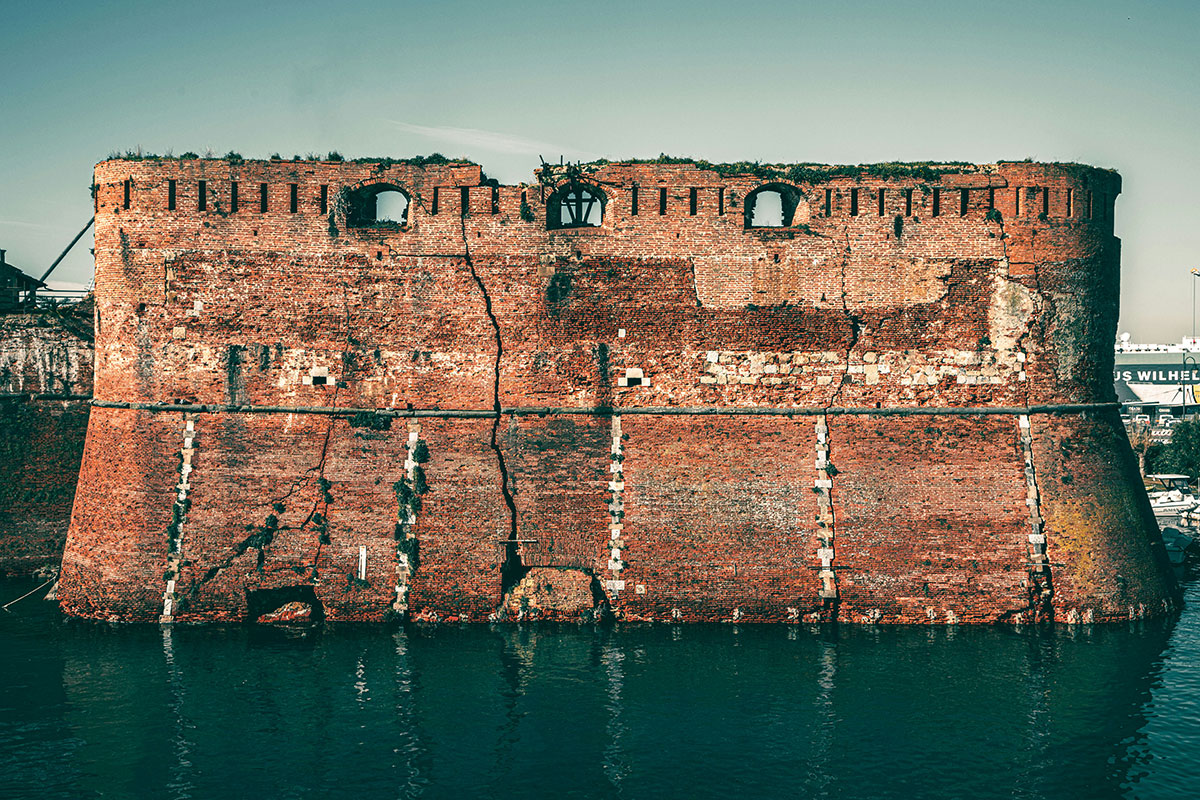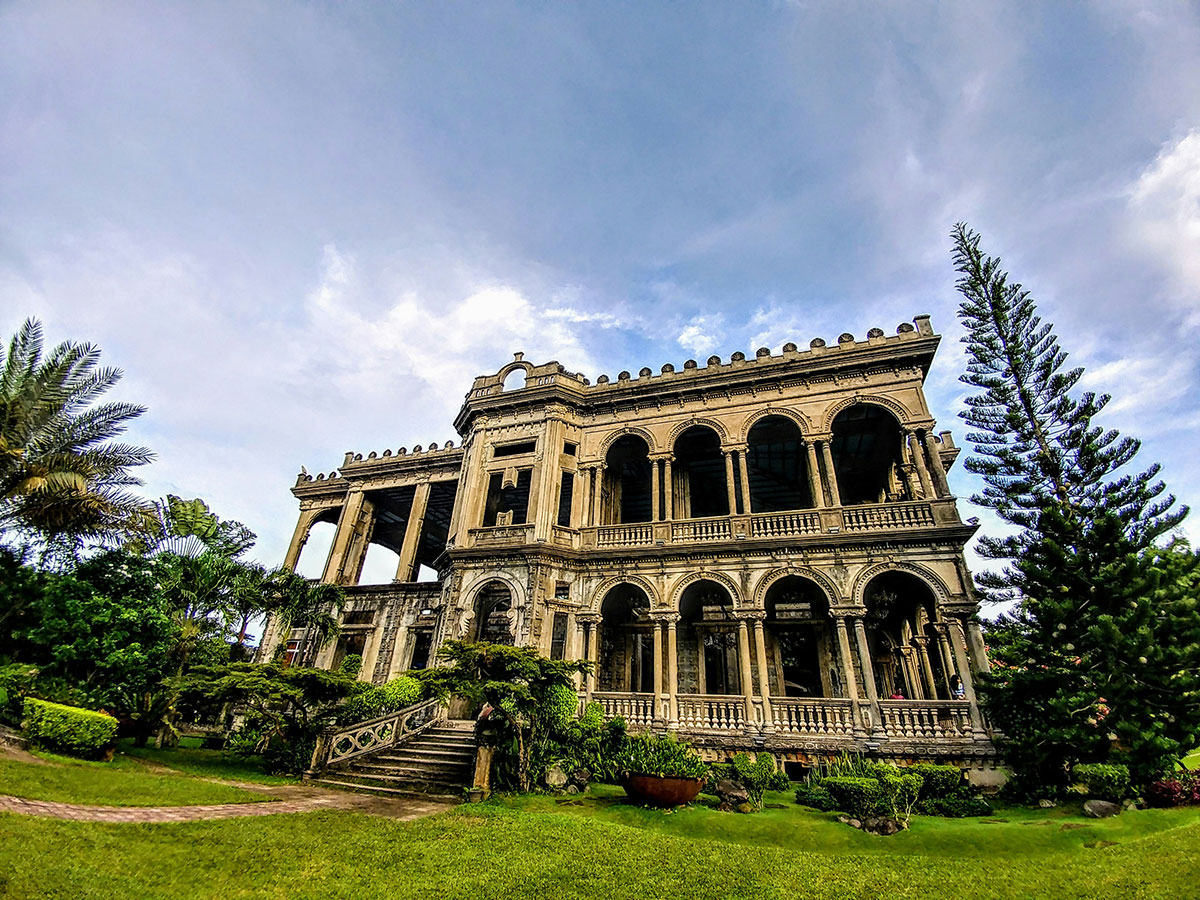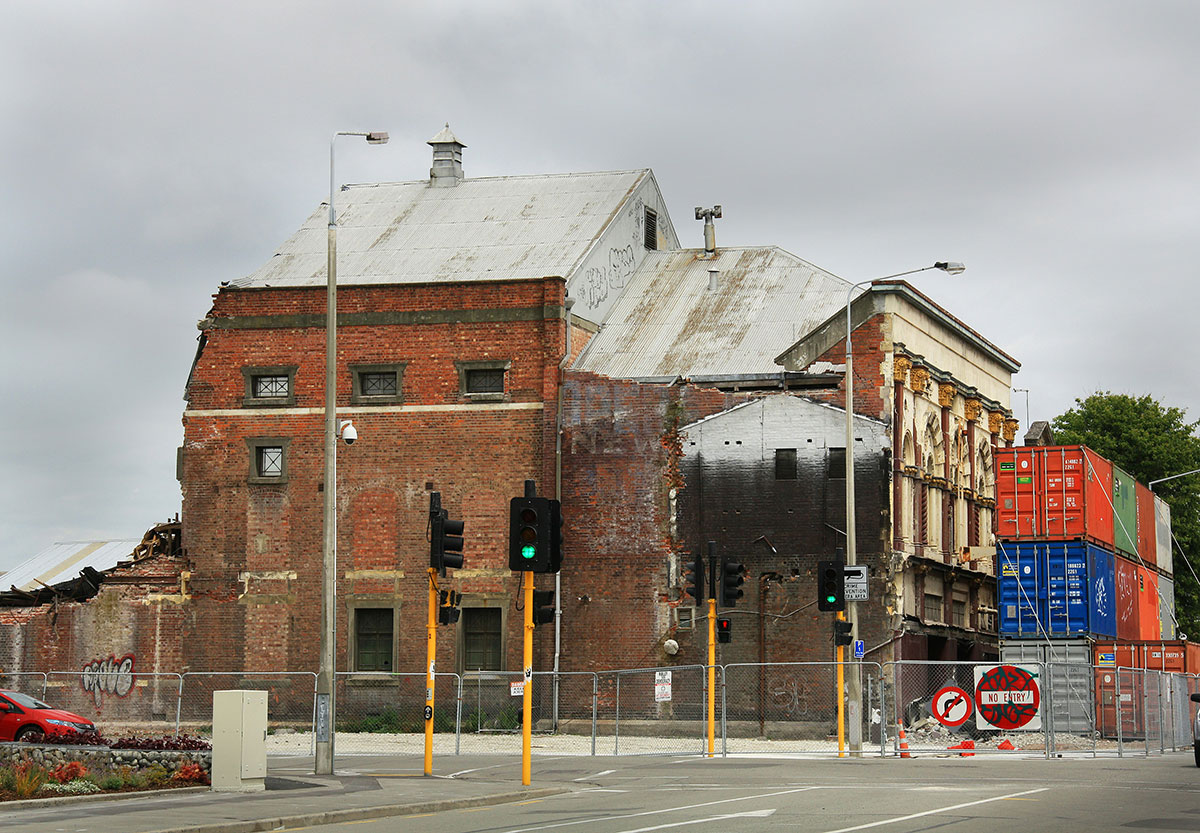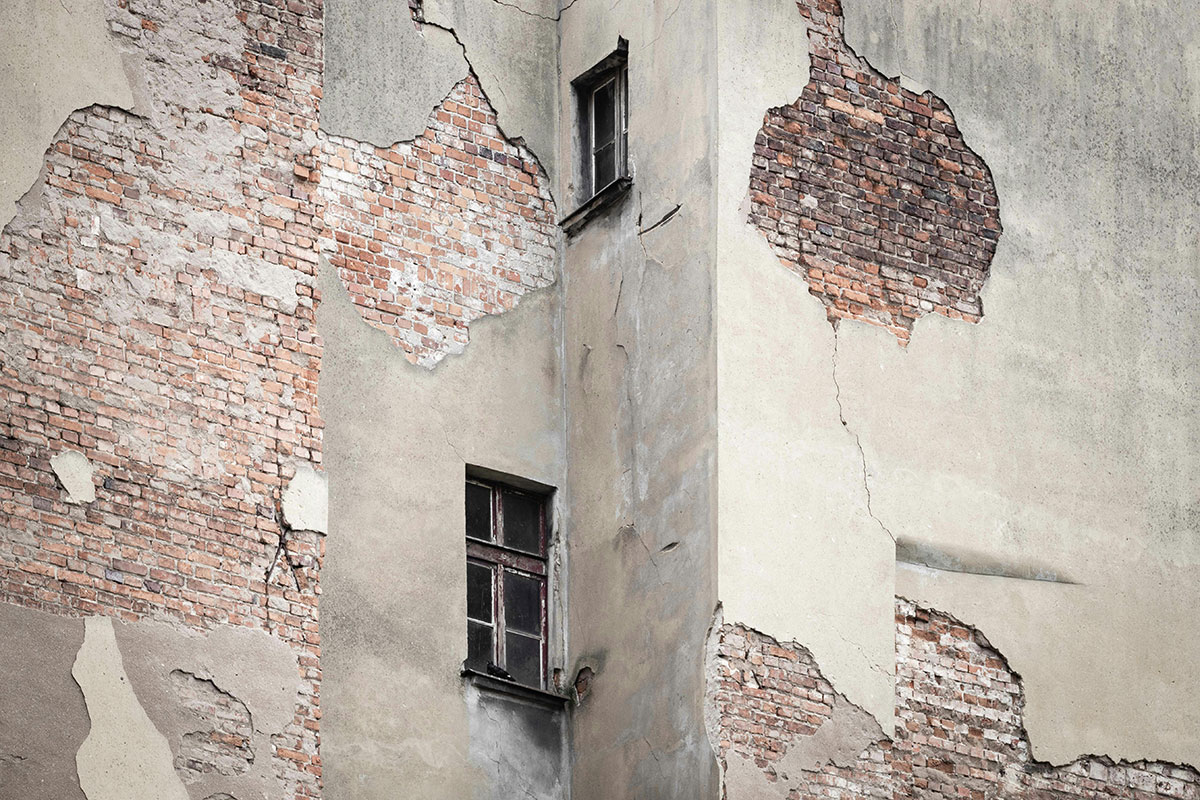From an engineering point of view, buildings suffer structural damage due to age, deterioration, or exposure to extreme stresses such as earthquakes, hurricane force winds, undue overloads, explosions or others. This deterioration sometimes reaches such extremes that it is necessary to evaluate, through the corresponding engineering analysis, the possibility of repairing the damage or condemning such buildings directly.
This is the challenge of structural engineering, a challenge that involves assessing the materials of the damaged building to see if they still retain their strength. It is precisely the engineering analysis that must adequately determine the state of the damaged structure. However, the declaration of ruin does not only depend on the technical possibility of restoring the building, and therefore not only on the engineering analysis.
Indeed, the decisive question is the cost of the repair or restoration, in other words, whether it is economically feasible, or whether the cost is so high that the building must be condemned. If the cost of restoration exceeds 50% of the value of the building, it is considered not to be viable.
In any case, legal, urban planning and insurance company considerations are also involved in determining the state of ruin of a building. The combination of all these variables, together with technical advice and engineering analysis, leads to the final decision to proceed with the necessary restorations or, on the contrary, with the demolition of the building.
By Jorge Laguna, head of the structures section of Amusement Logic’s architecture department.










